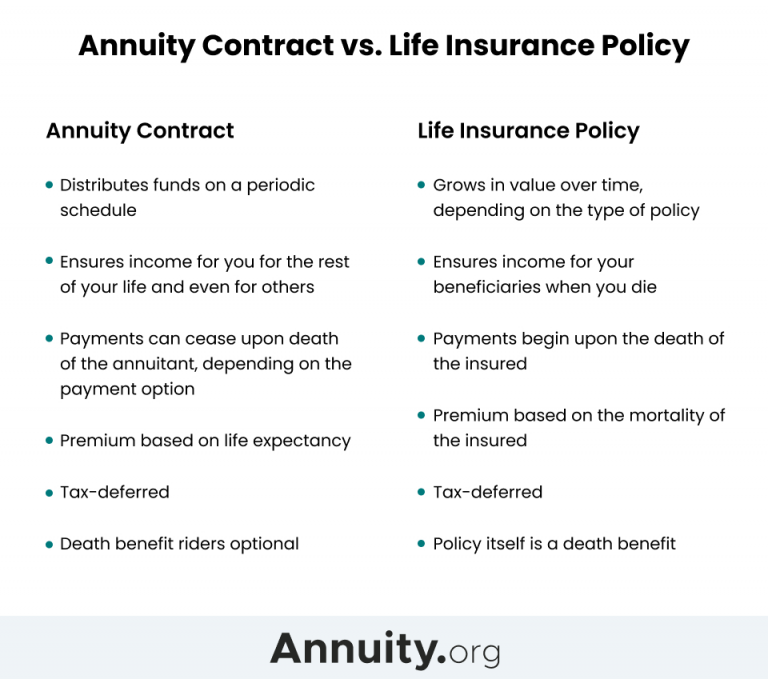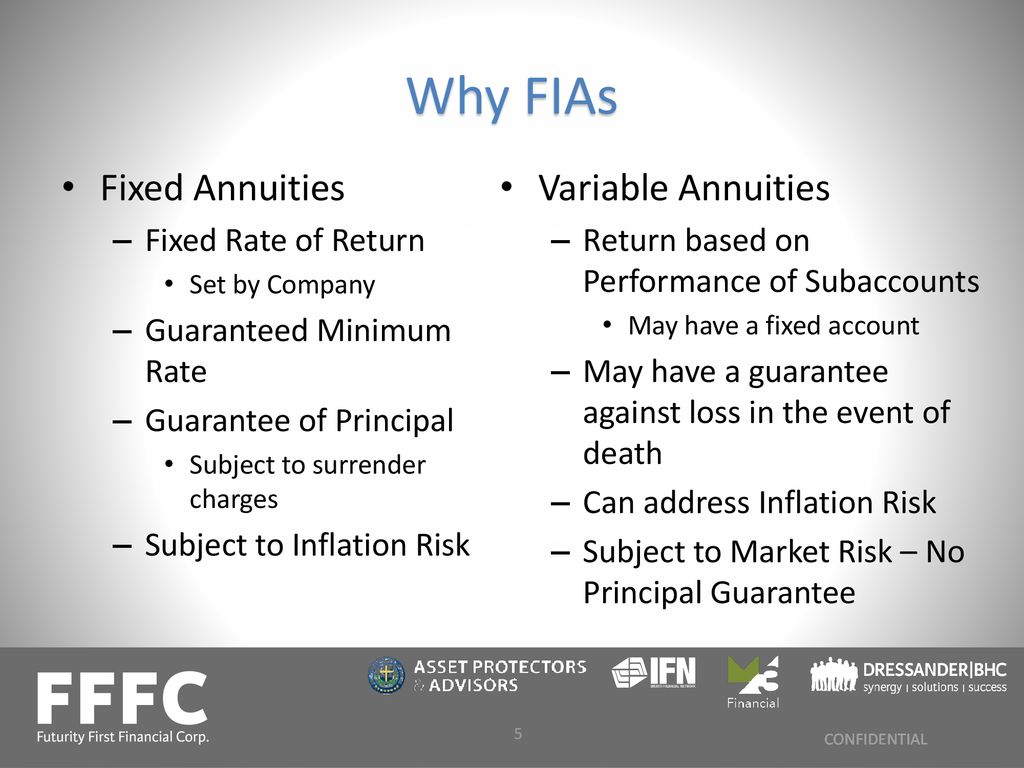All Categories
Featured
Table of Contents
Simply as with a repaired annuity, the owner of a variable annuity pays an insurance provider a round figure or series of repayments in exchange for the guarantee of a series of future settlements in return. As pointed out over, while a fixed annuity grows at an ensured, continuous price, a variable annuity grows at a variable price that depends upon the efficiency of the underlying investments, called sub-accounts.

Throughout the buildup phase, properties bought variable annuity sub-accounts grow on a tax-deferred basis and are exhausted only when the agreement owner withdraws those profits from the account. After the build-up phase comes the revenue phase. Gradually, variable annuity possessions should theoretically raise in worth till the agreement owner chooses she or he wish to begin taking out money from the account.
One of the most considerable problem that variable annuities commonly existing is high expense. Variable annuities have numerous layers of costs and costs that can, in accumulation, produce a drag of approximately 3-4% of the agreement's worth yearly. Below are one of the most typical fees related to variable annuities. This expenditure compensates the insurance company for the risk that it presumes under the regards to the contract.
Decoding How Investment Plans Work Everything You Need to Know About Fixed Annuity Vs Variable Annuity Defining the Right Financial Strategy Pros and Cons of Fixed Interest Annuity Vs Variable Investment Annuity Why Choosing the Right Financial Strategy Can Impact Your Future Fixed Index Annuity Vs Variable Annuity: Explained in Detail Key Differences Between Different Financial Strategies Understanding the Rewards of Retirement Income Fixed Vs Variable Annuity Who Should Consider Annuities Variable Vs Fixed? Tips for Choosing the Best Investment Strategy FAQs About Fixed Index Annuity Vs Variable Annuity Common Mistakes to Avoid When Choosing Fixed Vs Variable Annuities Financial Planning Simplified: Understanding Variable Vs Fixed Annuities A Beginner’s Guide to Smart Investment Decisions A Closer Look at How to Build a Retirement Plan
M&E expenditure fees are computed as a percent of the agreement value Annuity issuers pass on recordkeeping and other administrative prices to the agreement owner. This can be in the form of a flat annual fee or a portion of the agreement worth. Administrative charges might be included as component of the M&E threat charge or may be analyzed individually.
These fees can range from 0.1% for easy funds to 1.5% or more for actively handled funds. Annuity agreements can be customized in a number of methods to serve the particular demands of the contract proprietor. Some common variable annuity bikers include assured minimal build-up advantage (GMAB), ensured minimum withdrawal advantage (GMWB), and assured minimum revenue benefit (GMIB).

Variable annuity payments provide no such tax reduction. Variable annuities tend to be very inefficient lorries for passing wide range to the future generation due to the fact that they do not enjoy a cost-basis adjustment when the original agreement owner dies. When the owner of a taxed financial investment account dies, the expense bases of the investments kept in the account are gotten used to reflect the marketplace prices of those financial investments at the time of the proprietor's fatality.
Breaking Down Your Investment Choices A Comprehensive Guide to Indexed Annuity Vs Fixed Annuity What Is Fixed Income Annuity Vs Variable Growth Annuity? Pros and Cons of Fixed Interest Annuity Vs Variable Investment Annuity Why Choosing the Right Financial Strategy Matters for Retirement Planning Variable Annuities Vs Fixed Annuities: How It Works Key Differences Between Different Financial Strategies Understanding the Key Features of Long-Term Investments Who Should Consider Variable Annuity Vs Fixed Annuity? Tips for Choosing Fixed Indexed Annuity Vs Market-variable Annuity FAQs About Fixed Vs Variable Annuities Common Mistakes to Avoid When Choosing a Financial Strategy Financial Planning Simplified: Understanding Your Options A Beginner’s Guide to Smart Investment Decisions A Closer Look at Fixed Annuity Or Variable Annuity
Consequently, successors can inherit a taxed investment profile with a "fresh start" from a tax obligation perspective. Such is not the instance with variable annuities. Investments held within a variable annuity do not get a cost-basis modification when the initial proprietor of the annuity passes away. This suggests that any kind of collected unrealized gains will be handed down to the annuity owner's heirs, together with the associated tax burden.
One significant concern associated with variable annuities is the capacity for disputes of interest that may exist on the part of annuity salespeople. Unlike an economic consultant, that has a fiduciary duty to make financial investment choices that benefit the customer, an insurance policy broker has no such fiduciary obligation. Annuity sales are highly rewarding for the insurance specialists that market them due to high in advance sales commissions.

Numerous variable annuity contracts have language which places a cap on the percentage of gain that can be experienced by certain sub-accounts. These caps avoid the annuity proprietor from completely taking part in a portion of gains that might otherwise be appreciated in years in which markets create considerable returns. From an outsider's perspective, presumably that investors are trading a cap on investment returns for the abovementioned ensured floor on financial investment returns.
As noted over, give up charges can seriously limit an annuity owner's capacity to relocate properties out of an annuity in the very early years of the contract. Additionally, while a lot of variable annuities permit contract owners to withdraw a defined amount during the accumulation phase, withdrawals yet quantity usually lead to a company-imposed fee.
Withdrawals made from a fixed passion price financial investment option might likewise experience a "market value adjustment" or MVA. An MVA changes the worth of the withdrawal to reflect any adjustments in rates of interest from the time that the cash was purchased the fixed-rate option to the time that it was withdrawn.

Rather commonly, even the salespeople that market them do not completely comprehend exactly how they work, therefore salespeople occasionally victimize a customer's emotions to market variable annuities as opposed to the qualities and viability of the items themselves. Our company believe that financiers need to fully comprehend what they own and just how much they are paying to have it.
Understanding Fixed Interest Annuity Vs Variable Investment Annuity Key Insights on Variable Vs Fixed Annuity Breaking Down the Basics of Investment Plans Benefits of Fixed Annuity Vs Variable Annuity Why Choosing the Right Financial Strategy Can Impact Your Future How to Compare Different Investment Plans: Explained in Detail Key Differences Between Fixed Vs Variable Annuities Understanding the Key Features of Long-Term Investments Who Should Consider Fixed Annuity Vs Equity-linked Variable Annuity? Tips for Choosing the Best Investment Strategy FAQs About Choosing Between Fixed Annuity And Variable Annuity Common Mistakes to Avoid When Choosing a Financial Strategy Financial Planning Simplified: Understanding Tax Benefits Of Fixed Vs Variable Annuities A Beginner’s Guide to Smart Investment Decisions A Closer Look at Choosing Between Fixed Annuity And Variable Annuity
Nonetheless, the exact same can not be stated for variable annuity assets kept in fixed-rate financial investments. These assets lawfully belong to the insurer and would certainly consequently be at threat if the business were to fall short. Similarly, any type of warranties that the insurer has consented to give, such as an assured minimal income benefit, would certainly be in concern in the event of a service failure.
For that reason, possible buyers of variable annuities need to recognize and take into consideration the monetary condition of the releasing insurance provider before participating in an annuity agreement. While the advantages and downsides of different types of annuities can be debated, the actual concern bordering annuities is that of suitability. Simply put, the concern is: who should possess a variable annuity? This inquiry can be difficult to respond to, given the myriad variants readily available in the variable annuity cosmos, however there are some fundamental standards that can assist capitalists make a decision whether annuities must play a duty in their economic plans.
As the stating goes: "Buyer beware!" This post is prepared by Pekin Hardy Strauss, Inc. Deferred annuities explained. ("Pekin Hardy," dba Pekin Hardy Strauss Wide Range Administration) for educational objectives only and is not intended as an offer or solicitation for business. The information and information in this short article does not comprise legal, tax, accounting, financial investment, or other professional advice
Table of Contents
Latest Posts
Breaking Down Your Investment Choices Key Insights on What Is Variable Annuity Vs Fixed Annuity What Is Fixed Vs Variable Annuities? Advantages and Disadvantages of Different Retirement Plans Why Fixe
Exploring the Basics of Retirement Options A Closer Look at How Retirement Planning Works What Is Fixed Vs Variable Annuities? Pros and Cons of Various Financial Options Why Choosing the Right Financi
Highlighting the Key Features of Long-Term Investments Key Insights on Your Financial Future What Is Variable Annuity Vs Fixed Indexed Annuity? Advantages and Disadvantages of Fixed Vs Variable Annuit
More
Latest Posts